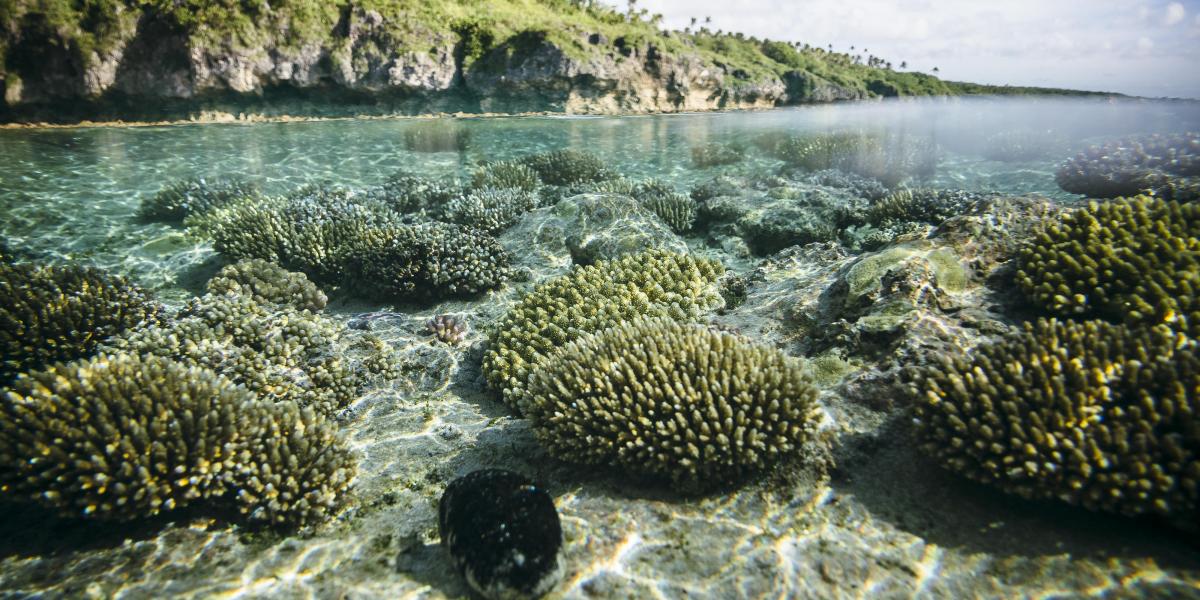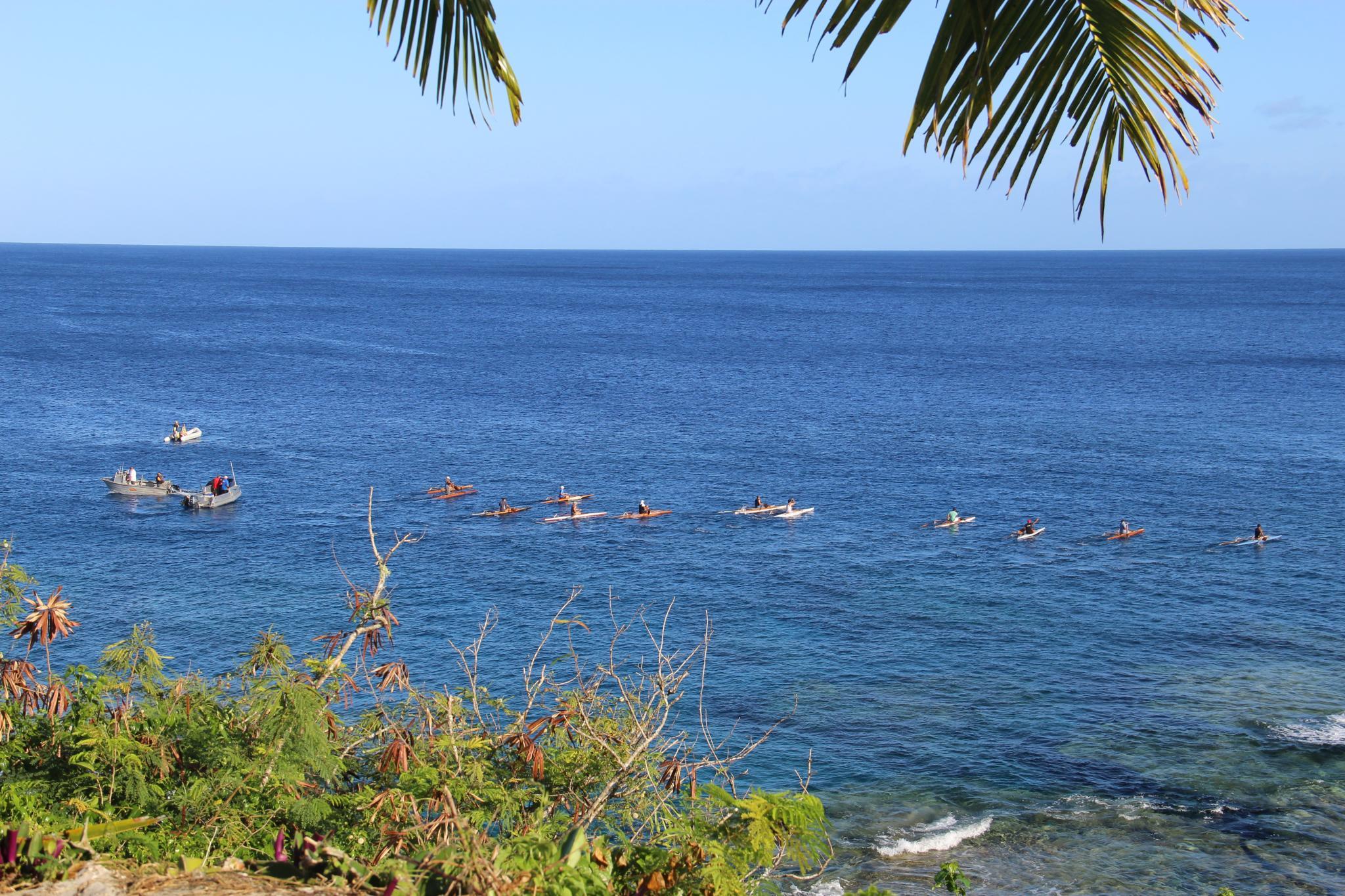
In 2022, nearly 200 nations signed on to an ambitious global pledge to protect 30% of the planet’s land and ocean by 2030, a movement known as 30x30. The 30x30 target, formally adopted as Target 3 of the Kunming-Montreal Global Biodiversity Framework, aims to halt and reverse biodiversity loss by protecting at least 30% of land and ocean globally, a scientifically grounded threshold shown to reduce extinction risk, strengthen ecosystem resilience, and sustain the planet’s life-support systems.
But in the years since, the pace of progress has varied. Although Samoa and several other countries have made significant progress, many nations are lagging behind, especially when conservation efforts conflict with local livelihoods or cultures. In Thailand, for example, marine protected areas (MPAs) have been criticized for restricting small-scale fishing and subsistence harvesting without offering viable alternatives.
While 30x30 is still seemingly widely supported, the economic and social costs of achieving it are unevenly distributed globally. Some countries, like European nations with overseas territories, can protect remote areas where there is little to no fishing. Others, whose economies depend on their coastal and marine resources, face far tougher trade-offs. For these nations, meeting 30x30 could mean sacrificing critical sources of income and food security.
But what if conservation responsibilities could be traded?
That is the proposal outlined in a 2024 Science Policy Forum paper titled "A Market for 30x30 in the Ocean," authored by emLab researchers Juan Carlos Villasenor-Derbez (now Assistant Professor at the University of Miami), Christopher Costello, and Andrew J. Plantinga. Their paper outlines a voluntary, market-based approach to conservation that recognizes the uneven costs of marine protection and proposes a novel way to meet global conservation goals like 30x30.
In the paper, the authors introduce the concept of “transferable conservation obligations,” a system that would allow countries to trade their marine conservation obligations within ecologically defined regions called “bubbles.” Countries with low-cost, high-impact conservation potential could protect more than 30% of their waters and sell the excess protections, while others facing higher costs could protect less in their own waters by compensating their trading partners for the additional effort.
The result? Global cost reductions of up to 98%–depending on how broadly trading is allowed. And while this approach might sound theoretical, some coastal nations are already engaging in trade-based schemes to protect their marine environment.
Niue, a coral atoll with fewer than 2,000 residents, launched an innovative financing mechanism in 2023 called Ocean Conservation Commitments (OCCs). For a set fee, these commitments let individuals, corporations, and countries invest directly in ocean protection. In Niue, where many rely on the ocean for food, income, and cultural practices, this money goes toward local monitoring, builds enforcement capacity, and helps offset the opportunity costs of not fishing those waters.
“I see conservation as being an investment for the future generation of Niue,” said the late Premier Sir Toke Talagi in a 2017 interview. “I believe that our ancestors used to invest like that… but this one here is an intergenerational thing and therefore it is important for people to realise that that is what we are investing in.” Although Villasenor-Derbez, Costello, and Plantinga highlight in their paper that Niue’s OCCs do not fully harness the cost reductions possible through a global market for conservation, these financial mechanisms are promising. They offer a viable path to protecting both Niue’s vital coastal and marine ecosystems and, just as Talagi underscored, Niue’s way of life.

Many Niueans rely on the ocean for food, income, and cultural practices. This photo captures a local vaka (boat) race. These races are a showcase of Niue's unique vaka, which are used for both racing and fishing and deeply tied to local identity and traditions.
By recognizing that some countries can conserve more easily than others and rewarding them for doing so, we open the door to real, scalable global progress. Since its conception, Niue has raised $7.5 million for marine conservation, with support from global donors, the Niuean people, and the tourism sector. Niue’s model proves that 30x30 is not just a target, it may be achievable.
Well-designed financial mechanisms ensure that the burden doesn’t fall disproportionately on countries that can least afford it, while still meeting our collective goals. Niue also exemplifies that by rooting these systems in community leadership, Indigenous knowledge, and financial transparency, we ensure that conservation doesn’t just happen to people, it happens with them.
But to get there, the global community must embrace innovative new conservation approaches that prioritize both equity and biodiversity. Whether it’s transferable conservation obligations or other incentive-based schemes, the financial instruments outlined here are not an end to themselves, but a powerful means to a more resilient and sustainable ocean future.
Cover photo: Underwater landscape at Beveridge Reef, Niue. © UNDP / Vlad Sokhin



